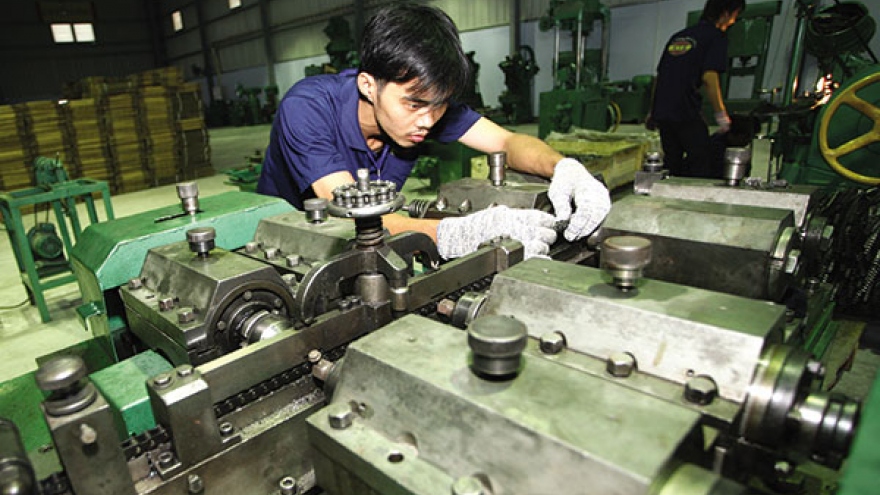Will 5 million jobs in Vietnam be lost in the 4.0 industrial revolution?
Tran Anh Tuan, deputy director of the HCMC Center for Human Resources Forecasting and Labor Market Information, cited an ILO report as saying that the risk of losing jobs has increased in the 4.0 industrial revolution era.
 |
Vietnam has been warned that 5 million jobs may be lost by 2020 as it has a 3.79/10 score for the quality of the labor force, ranked 11th out of 12 countries in Asia, and a 4.3/10 score in human resources competitiveness index.
Other indicators for Vietnamese workers are also low. Only 20.3% of Vietnamese workers had training or degrees/certificates in 2015. Vietnamese are weak at soft skills, such as foreign language, IT, teamwork, communication, and professional ethics.
It is expected that 56% of workers in five South East Asian countries, including Vietnam, may lose their jobs because of robots.
The ILO report also pointed out that 86% of workers in the textile & garment industry in Vietnam, 64% in Indonesia and 88% in Cambodia will face the risk of losing jobs in the context of growing automation.
The early warnings about the appearance of robots which would replace people in production lines were ignored by Vietnamese. They thought that robots could exist only in foreign factories, not in Vietnam, where manufacturers are not rich enough to buy robots.
But more robots have appeared at Vietnam’s manufacturing workshops.
Pham Van Viet, general director of VitaJean, said modern machines are expected to replace 60-80% of workers. The modernization has allowed the company to cut staff from 1,800 to 1,250 and then to 800.
“In the future, we will retain 450 high-quality workers only,” Viet said, adding that the installation of the automatic production line is scheduled to be completed by 2019.
It would allow VitaJean to cut production costs by 20%. The company plans to take back investment capital after five years.
Namilux, a gas cooker manufacturer, has been automating its production line for the last six to seven years. With the new production line, two workers can handle the workload of eight workers.
Namilux’s general director Nguyen Manh Dung said enterprises can cut the labor cost by three to four times, while the figure could be 10 times in some industries.
Vu Quang Tho from the Vietnam Labor Federation said Vietnam needs to begin applying measures to support workers now. He suggested that enterprises, especially foreign invested ones, make commitments about the number of workers they will use.

